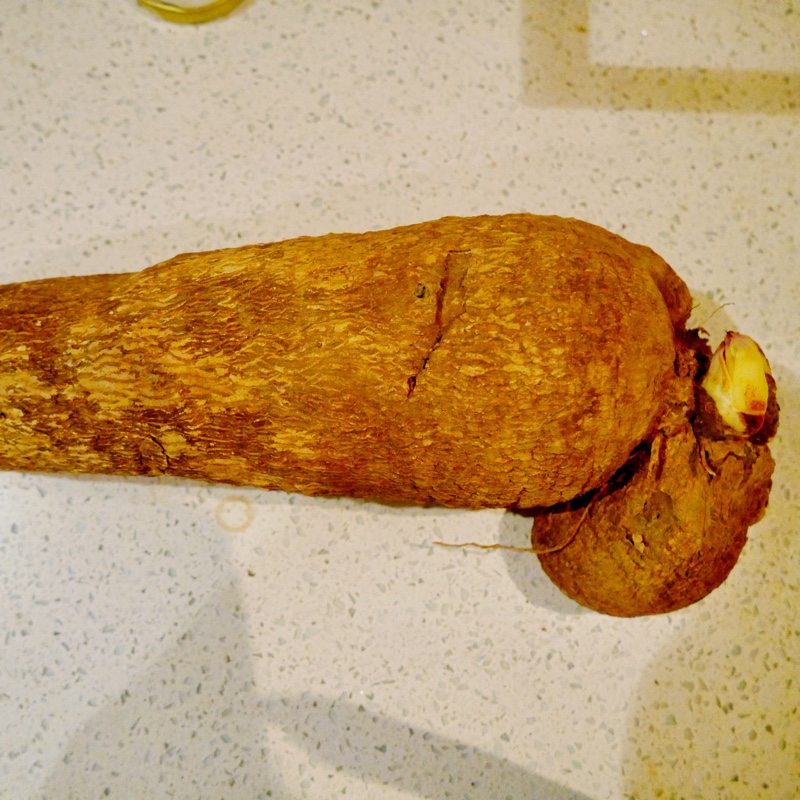
Dioscorea alata
Winged yam
Winged yam (Dioscorea alata) is another invasive vine. It is closely related to air potato (Dioscorea bulbifera). Covered with large leaves, it can quickly grow into the tops of tall trees. The large underground tubers of winged yam can weigh up to 100 pounds. Like air potato, winged yam also produces large numbers of aerial tubers, which are potato-like growths attached to the stems. These grow into new plants. It has a winter dormant period when the stems die back to the ground. After dormancy, the underground tubers give rise to stems which can quickly grow to 10m long.
Contributed by @drnicko
-
Full sun to partial shade
-
Occasional watering
-
Frost Hardy: 23F (-5°C)
-
Moist and free draining
Common name
Winged yam
Latin name
Dioscorea alata
type
Perennial Vine
family
Dioscoreaceae
ph
5.0 - 7.5 Acid - Neutral
Plant & bloom calendar
-
Best time to plant
full grown dimensions
 2.00 M
20.00 M
2.00 M
20.00 M
Dioscorea alata
Winged yam (Dioscorea alata) is another invasive vine. It is closely related to air potato (Dioscorea bulbifera). Covered with large leaves, it can quickly grow into the tops of tall trees. The large underground tubers of winged yam can weigh up to 100 pounds. Like air potato, winged yam also produces large numbers of aerial tubers, which are potato-like growths attached to the stems. These grow into new plants. It has a winter dormant period when the stems die back to the ground. After dormancy, the underground tubers give rise to stems which can quickly grow to 10m long.
Propagation
From Late Winter TO Early Spring
The bulbils on the vines sprout and become new vines, twisting around each other to form a thick mat. These can be removed and planted. If the plant is cut to the ground, the tubers can survive for extended periods and send up new shoots later. These can also be divided to create new plants.
Planting
From Early Spring TO Early Spring
As this plant can take over other plants and trees, it is best planted in large containers to restrict the spread by tubers. It should however be planted in a moist but well drained soil, in sun or partial shade and be protected from temperatures below -5C. It prefers acid to neutral soil types.









